Now is one of the most important times of year to keep birds safe by reducing non-essential lighting at night and treating window glass so birds can see it and avoid deadly collisions.
Tag: Ornithology
Early Spring, Earlier Nesting Birds
The NestWatch project at the Cornell Lab of Ornithology documents when and where birds are nesting. The evidence from recent years shows that birds are nesting weeks earlier than they used to and this spring may be no exception.
Join the 37th Season of Project FeederWatch
The prime directive for Project FeederWatch has been and continues to be gathering data about how bird populations and distributions are changing across the United States and Canada—vital information for conservation.
New audio technique used for census of California Spotted Owls in the Sierra Nevada
For the first time, researchers have estimated the Spotted Owl population across the entire Sierra Nevada ecosystem.
City-Dwelling Wildlife Demonstrate “Urban Trait Syndrome”
City life favors species that are adaptable and not too fussy about what they eat, among other characteristics. A worldwide consortium of scientists calls the resulting collection of traits an “Urban Trait Syndrome.”
Watch Baby Birds for the Joy and the Science of It
Spring has arrived officially and brings with it another season of the NestWatch citizen-science project from the Cornell Lab of Ornithology, building its ever more valuable database on nesting birds. NestWatch participants say watching birds raise their young is incredibly rewarding.
FeederWatchers Are More Important than Ever
Project FeederWatch is back—with more ways to participate, more time to participate, and more ways to keep track of who is seeing what, where.
The expanded 36th season of FeederWatch
begins November 1 and ends April 30, 2023.
Global Bird Populations Steadily Declining
Staggering declines in bird populations are taking place around the world. So concludes a study from scientists at multiple institutions, published today in the journal Annual Review of Environment and Resources. Loss and degradation of natural habitats and direct overexploitation of many species are cited as the key threats to avian biodiversity. Climate change is identified as an emerging driver of bird population declines.
Now for the First Time, See How Many Migratory Birds Are Passing Over Your County
The BirdCast program at the Cornell Lab of Ornithology is exploring these unseen movements of bird migration with its new Migration Dashboard. The Dashboard reveals bird migration in localized detail previously unavailable to the general public.
Help Birds From the Comfort of Home With FeederWatch
Many people have turned to Project FeederWatch as an antidote to troubling times and long winter months. FeederWatch data are used to detect shifts in the numbers and distributions of winter birds in the United States and Canada. The 35th season of FeederWatch begins Saturday, November 13.
Some Hummingbird Females Look Like Males to Evade Harassment
New research on the glittering White-necked Jacobin hummingbird reveals nearly 20% of the species’ adult females have male-like plumage. This strategy is all about dodging bullies and getting better access to food.
How Sweet It Is: Study Finds Songbirds CAN Taste Sugar
A team of international scientists finds that more than 4,000 species of songbirds can taste sugar–contrary to conventional thought.
What Bird is Singing? Ask the Merlin Bird ID App for an Instant Answer
With a new feature in the free Merlin Bird ID app from the Cornell Lab of Ornithology, you can now ID a bird by its sound.
More than a bumpy ride: turbulence offers boost to birds
By combining wind speed data with the measured accelerations of a golden eagle outfitted with GPS tracking instruments, researchers suggest that, rather than hindering flight, turbulence is a source of energy that birds may use to their advantage.
Darkened Windows Save Migrating Birds
Building lights are a deadly lure for the billions of birds that migrate at night, disrupting their natural navigation cues and leading to deadly collisions. But even if you can’t turn out all the lights in a building, darkening even some windows at night during bird migration periods could be a major lifesaver for birds.
Gift to establish K. Lisa Yang Center for Conservation Bioacoustics
The Cornell Lab of Ornithology’s Center for Conservation Bioacoustics will begin a new era of innovation thanks to a major gift from the philanthropist and Lab Advisory Board member K. Lisa Yang.
Bird data from Ethiopia fills in baseline data gaps
The study establishes baseline observations for tropical birds in East Africa, filling in an important data gap for monitoring biodiversity and tropical ecosystem health in a warming world.
Citizen science data tracks battle of birds vs. bacteria
House finches are locked in a deadly cycle of immunity and new strains of bacterial infection in battling an eye disease that halved their population when it first emerged 25 years ago, according to new research from the Cornell Lab of Ornithology.

Why lists of worldwide bird species disagree
Biologists set out to compare four main lists of bird species worldwide to find out how the lists differ—and why. They found that although the lists agree on most birds, disagreements in Southeast Asia and the Southern Ocean could mean that some species are missed by conservation ecologists.
Bald eagle count quadruples, thanks in part to eBird data boost
For the past 50 years, the U.S. Fish and Wildlife Service (USFWS) has been assembling counts of bald eagle nests to track the triumphant recovery of America’s national symbol. But in its new bald eagle population report – tabulated with the help of results using eBird data from the Cornell Lab of Ornithology – the USFWS found many more eagles than previously thought to exist in the Lower 48 states.
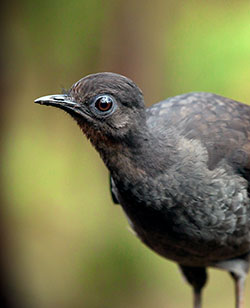
Male Lyrebirds Create an “Acoustic Illusion” to Snare Potential Mates
Famous for their uncanny ability to imitate other birds and even mechanical devices, researchers find that Australia’s Superb Lyrebird also uses that skill in a totally unexpected way. Lyrebirds imitate the panicked alarm calls of a mixed-species flock of birds while males are courting and even while mating with a female.
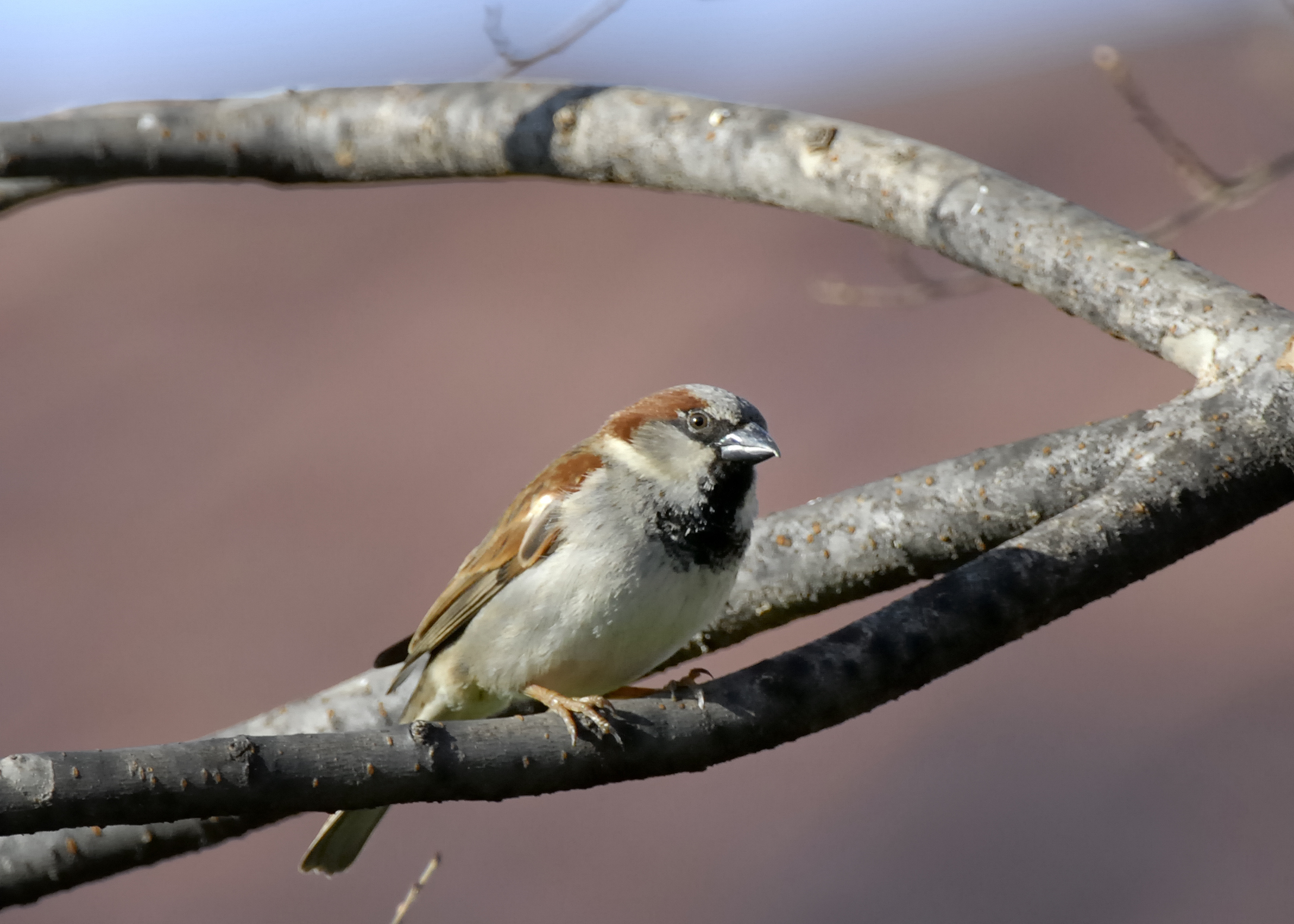
Study Finds Even the Common House Sparrow is Declining
A new study by Cornell Lab of Ornithology scientists aims to clarify the status of the non-native European House Sparrow, using 21 years of citizen science data from the Cornell Lab’s Project FeederWatch.
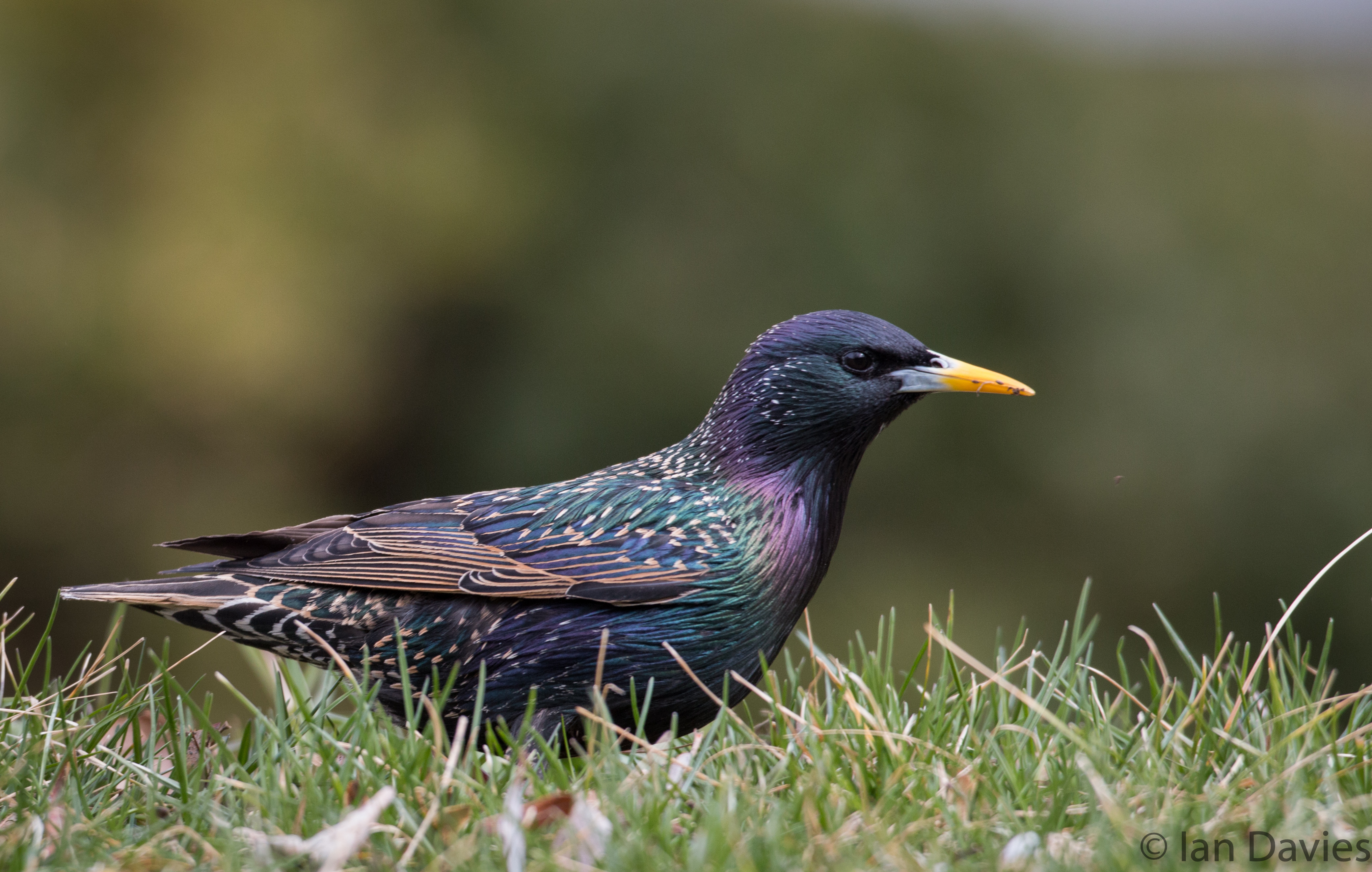
Starling Success Traced to Rapid Adaptation
Love them or hate them, there’s no doubt the European Starling is a wildly successful bird. A new study from the Cornell Lab of Ornithology examines this non-native species from the inside out to learn what exactly happened at the genetic level as the starling population exploded and spread all across North America?
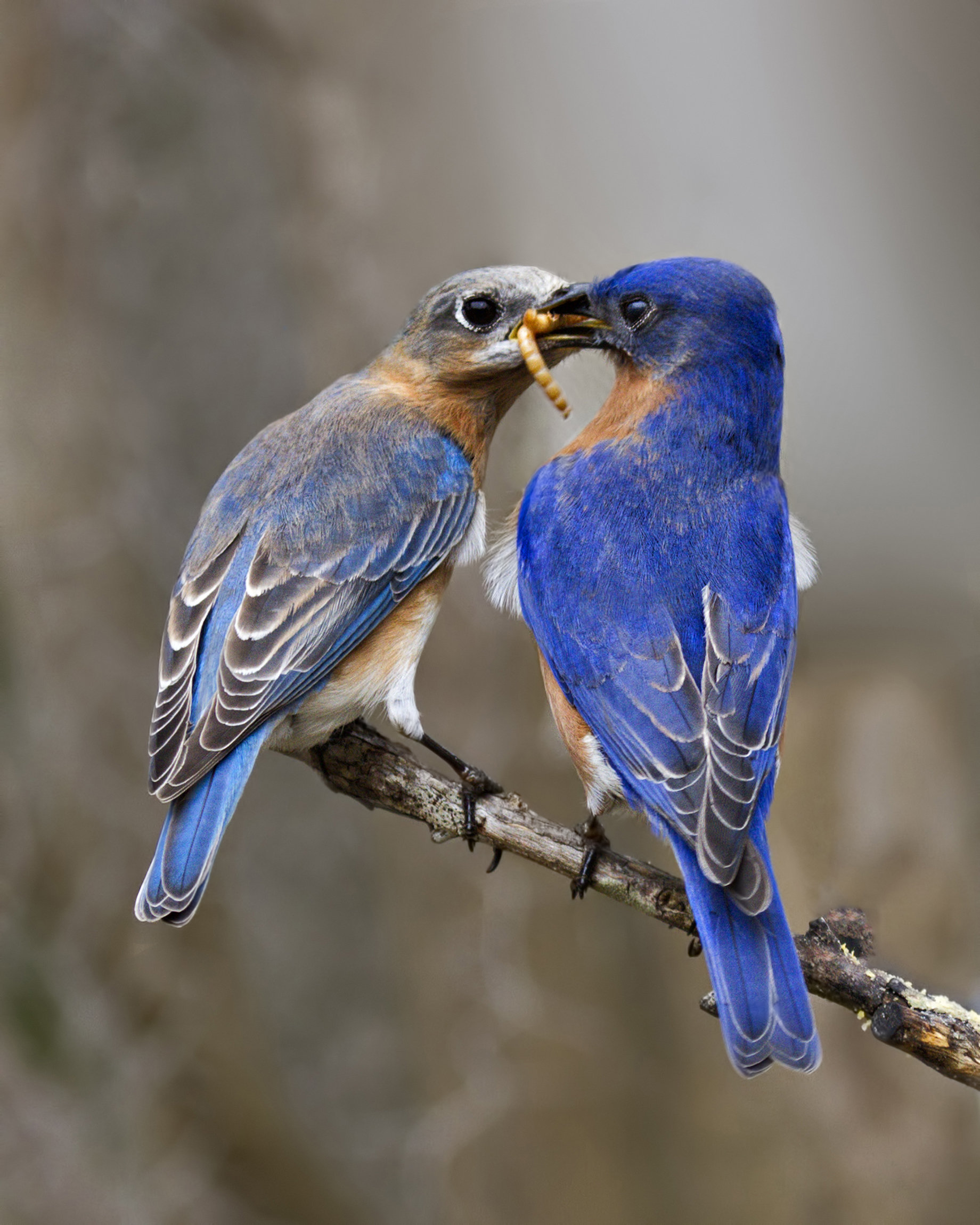
Study Examines Attitudes Toward Non-Native Birds
A new study from scientists at the Cornell Lab of Ornithology examines public attitudes toward non-native bird species and whether people are willing to manage them to protect native cavity-nesting birds, such as Eastern Bluebirds and the American Kestrel. The findings are published in the Journal of Environmental Management.

Study: Clean Air Act Saved 1.5 Billion Birds
U.S. pollution regulations meant to protect humans from dirty air are also saving birds. So concludes a new continentwide study published today in The Proceedings of the National Academy of Sciences. Study authors found that improved air quality under a federal program to reduce ozone pollution may have averted the loss of 1.5 billion birds during the past 40 years.

Migration and Molt Affect How Birds Change Their Colors
Before the journey, many birds molt their bright feathers, replacing them with a more subdued palette. Watching this molt led scientists to wonder how feather color changes relate to the migrations many birds undertake twice each year.

Birds Risk Starvation Trying to “Keep Pace” With Climate Change
Surviving on a warming planet can be a matter of timing—but simply shifting lifecycle stages to match the tempo of climate change has hidden dangers for some animals, according to new research from the Max Planck Institute of Animal Behaviour and Cornell University.
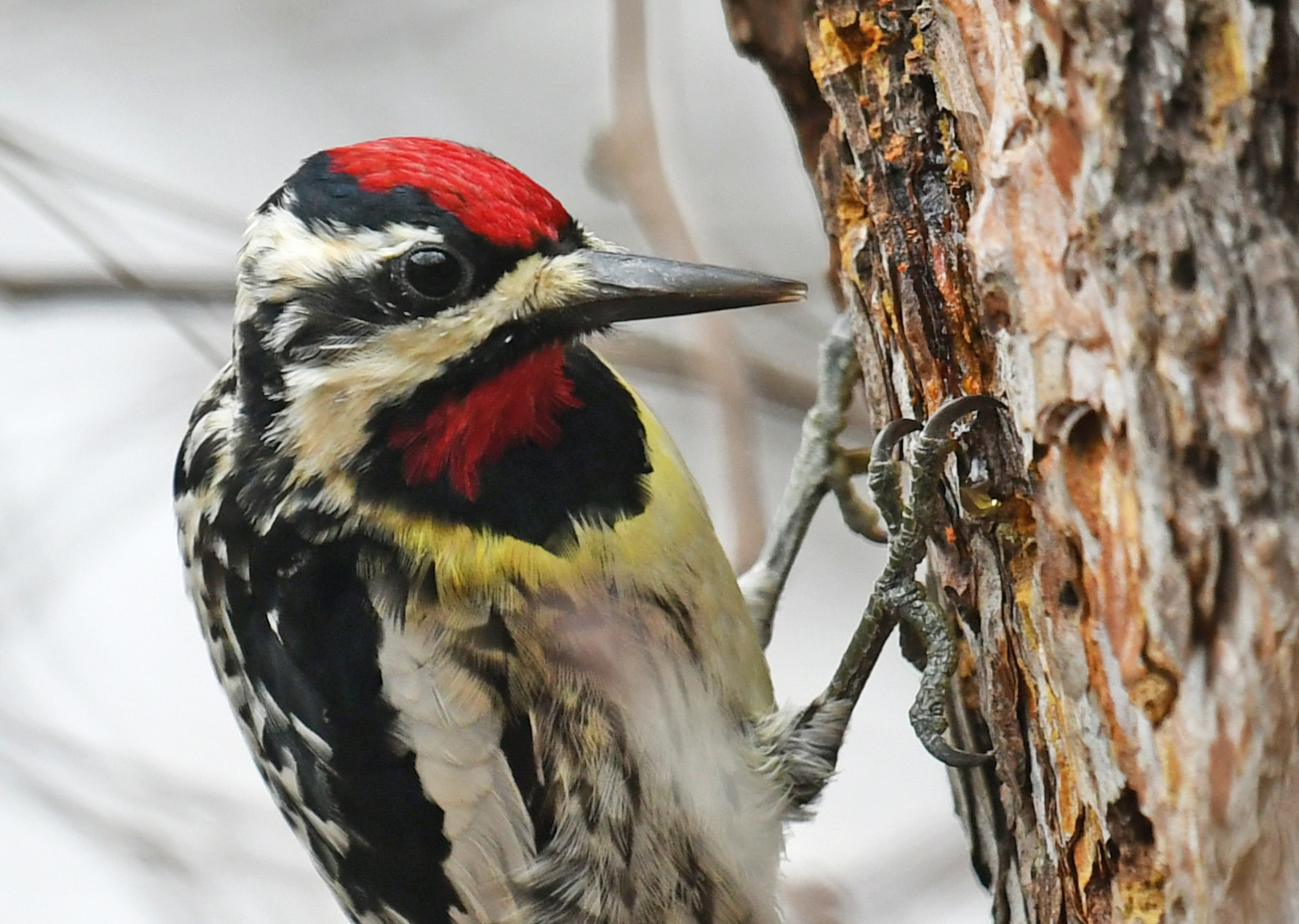
Understanding how birds respond to extreme weather can inform conservation efforts
How do different bird species respond to extreme weather events that occur for different amounts of time, ranging from weekly events like heat waves to seasonal events like drought? And how do traits unique to different species — for example, how far they migrate or how commonly they occur — predict their vulnerability to extreme weather?
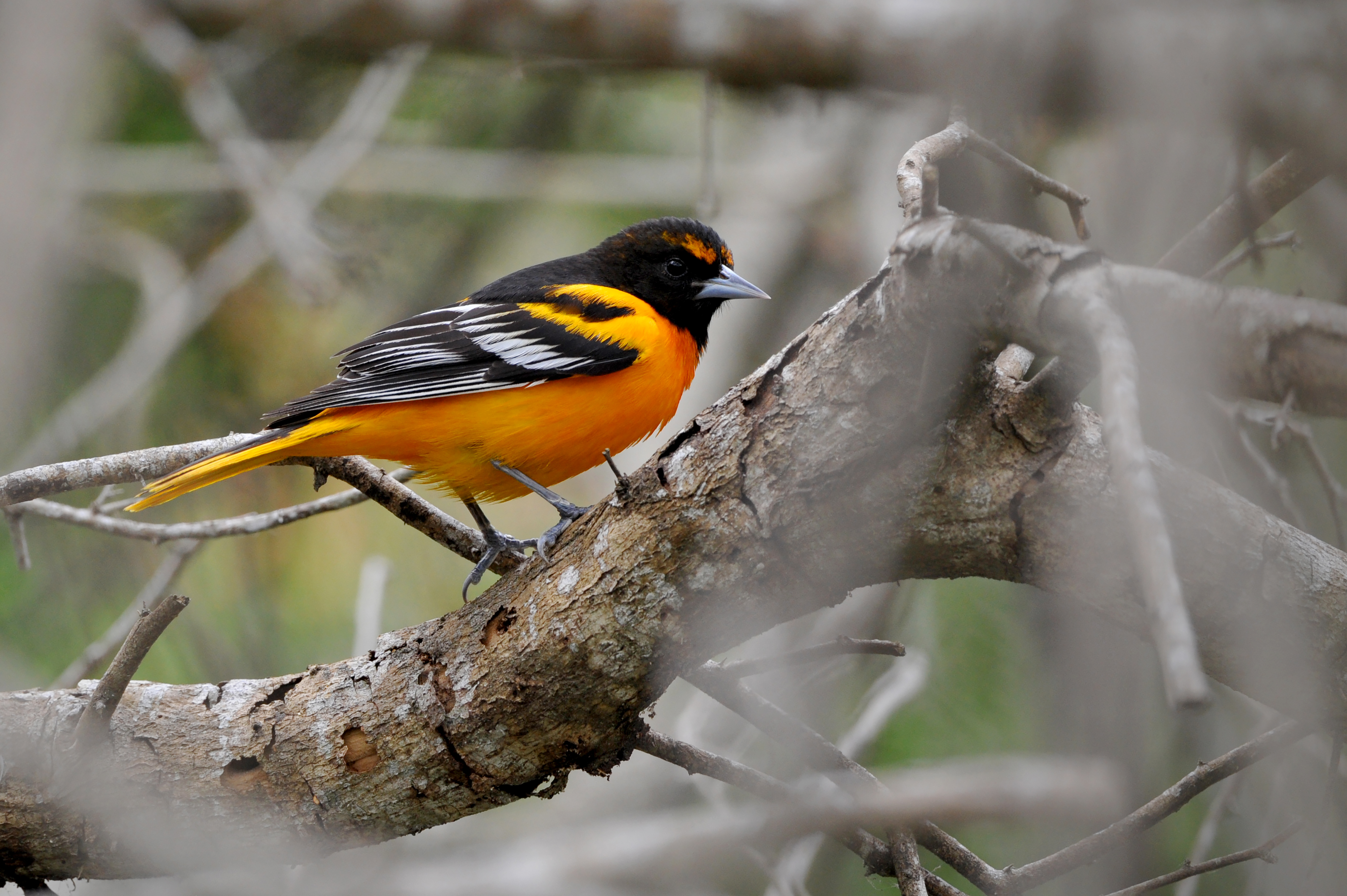
Study: Oriole Hybridization Is a Dead End
A half-century of controversy over two popular bird species may have finally come to an end. In one corner: the Bullock’s Oriole, found in the western half of North America. In the other corner: the Baltimore Oriole, breeding in the eastern half. Where their ranges meet in the Great Plains, the two mix freely and produce apparently healthy hybrid offspring. But according to scientists from the Cornell Lab of Ornithology, hybridization is a dead end and both parent species will remain separate.
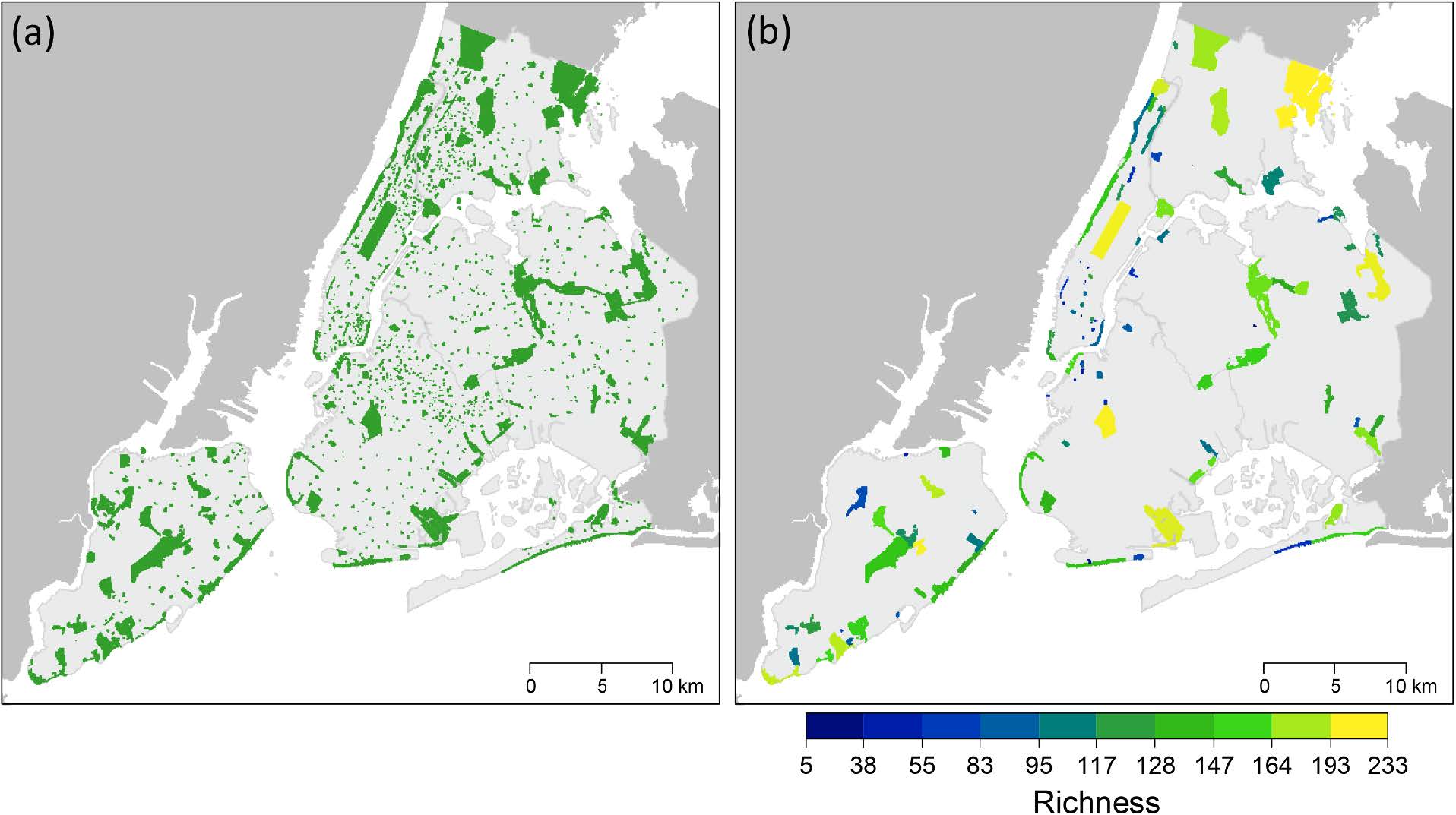
If It’s Big Enough and Leafy Enough the Birds Will Come
A new study from the Cornell Lab of Ornithology highlights specific features of urban green spaces that support the greatest diversity of bird species. The findings were published today in the journal Landscape and Urban Planning.
The study focuses specifically on parks in New York City. It uses observations submitted to the eBird citizen-science database from 2002 through 2019 to estimate the variety of species found on an annual and seasonal basis.
Bottom line: the more green space available, the greater the diversity of birds. Models show that Increasing the area of green space by 50% would result in an 11.5% increase in annual and an 8.2% increase in seasonal species diversity.
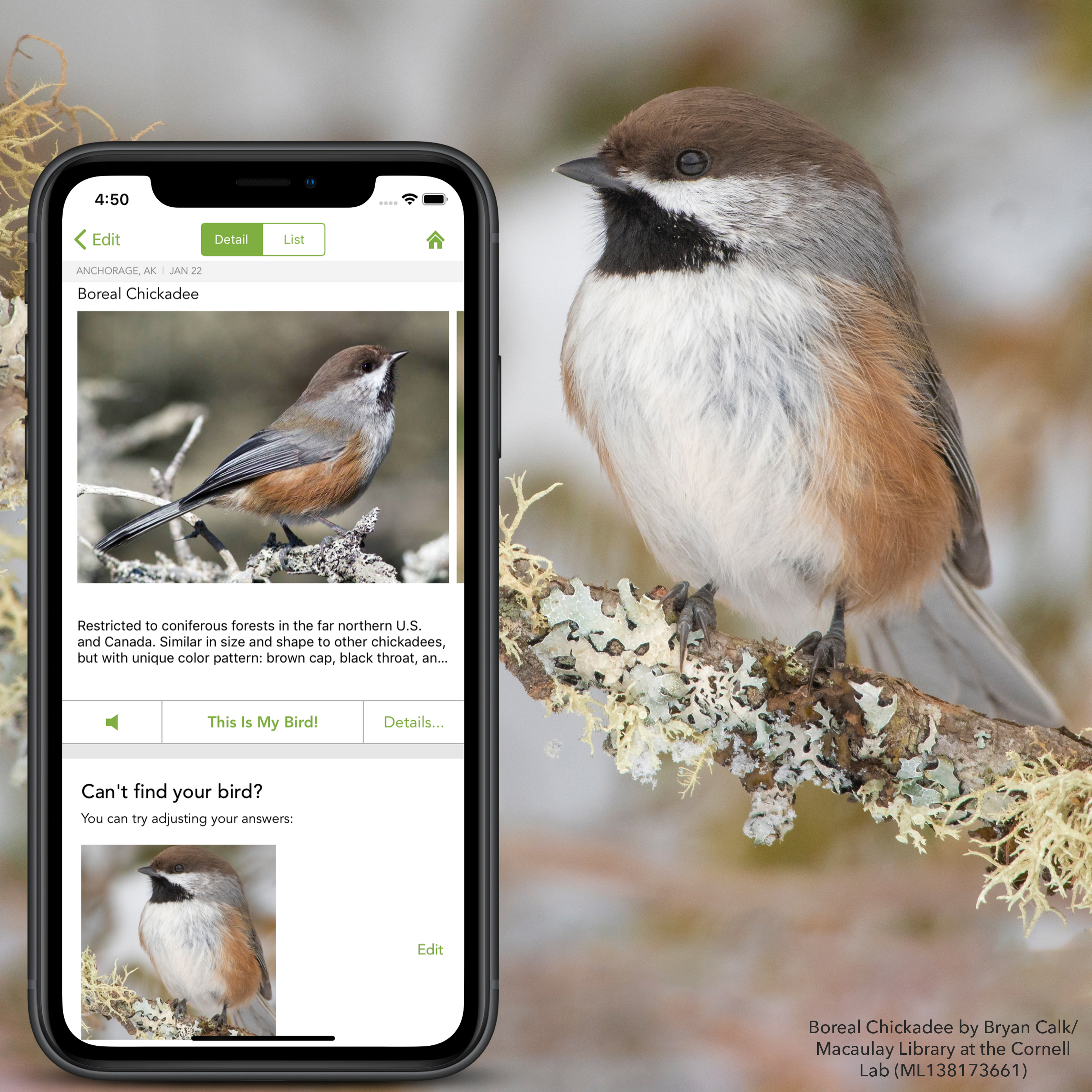
Make Backyard Discoveries With the Free Merlin Bird ID App
With the emphasis on staying at home, more and more people are discovering the birds in their backyards—and they want to know the names of those birds. The free Merlin Bird ID app from the Cornell Lab of Ornithology was designed to answer the simple question, “What’s that bird?
Itineraries of Migratory Birds Are Revealed in Unprecedented Detail
The eBird program at the Cornell Lab of Ornithology just released more than 500 animated maps spanning the entire Western Hemisphere. The maps show in fine detail where hundreds of species of migratory birds travel and how their numbers vary with habitat, geography, and time of year.
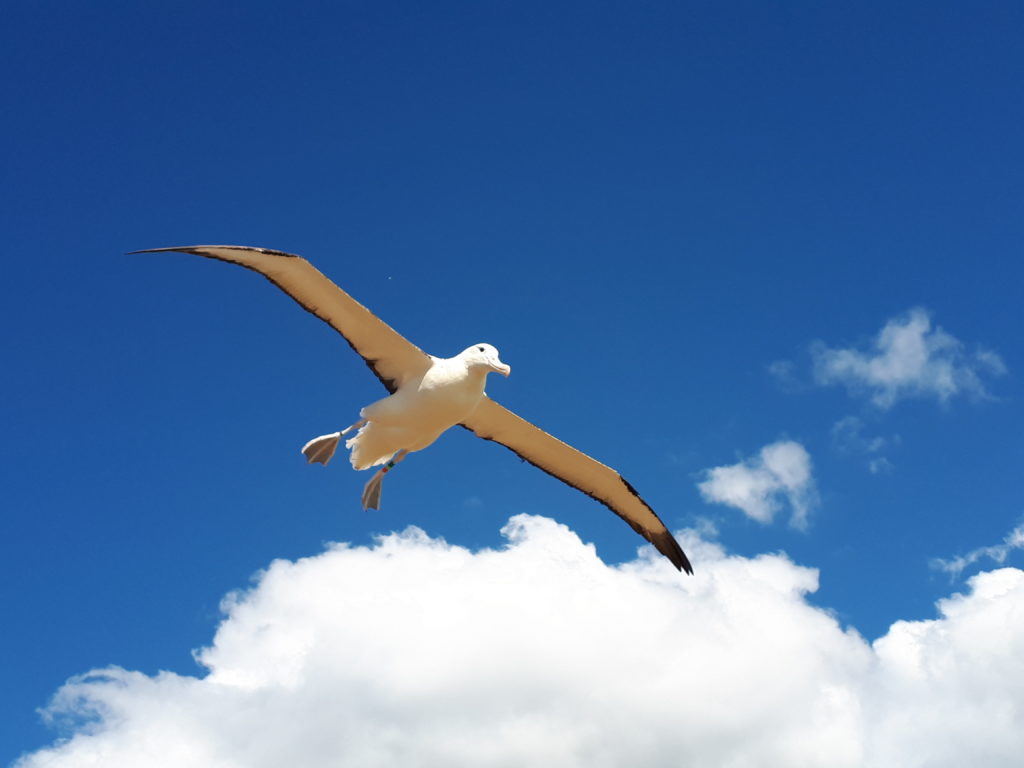
Watch on Live Camera As a Baby Albatross Grows Up
Millions of people from around the world can now witness a rare sight in real time: a Northern Royal Albatross pair nesting and raising their chick. The live views originate from a coastal albatross colony in Otago, on South Island, New Zealand, and are made possible by a new partnership between the country’s Department of Conservation (DOC) and the Cornell Lab of Ornithology.

Enter the BirdSpotter Photo Contest
Calling all shutterbug bird lovers: The BirdSpotter Photo Contest is back—always a popular feature of the Cornell Lab of Ornithology’s Project FeederWatch. The contest runs through March 12, with many great prizes available for biweekly winners and final Grand Prize winners. The contest is sponsored by Wild Birds Unlimited.

Uncover Secrets of Nesting Birds With “Nest Quest Go!”
Secrets hidden in more than 300,000 index cards with hand-written information about nesting birds are gradually being revealed. The Cornell Lab of Ornithology is partnering with Zooniverse, an online people-powered research tool, to digitize this valuable collection and create the largest database of nesting bird information in the U.S. This new effort is called “Nest Quest Go!”